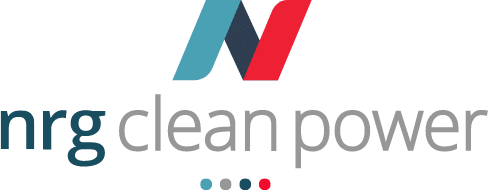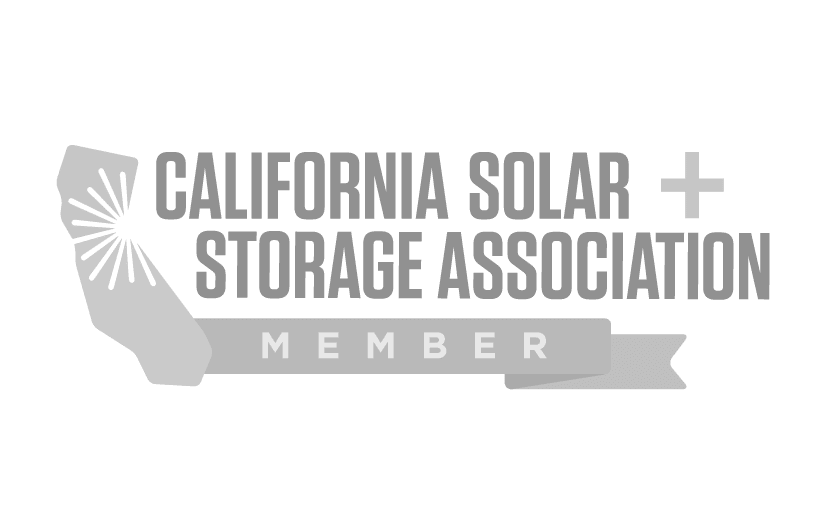How Will NEM 3.0 Affect California’s Solar Property Owners?
If you have solar panels on your roof, your electricity bill will have a net energy metering structure. Over the course of a year, the utility will subtract the cost of grid electricity from the cost of solar power sold to the utility as return.
On sunny days, the surplus is sent back into the grid. This extra energy is credited to the homeowner. When a client draws energy from the grid, for example in the evening, they will have to pay for it.
If a consumer uses more energy than they generate, they will have to pay the utility company at the end of the year. With net metering, homeowners who invest in solar panels may utilize the energy credits they earn during months when their panels produce more than they need.
NEM 3.0: what is it?
The CPUC has suggested a new net energy metering regulation, known as NEM 3.0. There are four key points for potential solar consumers to consider in the report, which will be made public on November 10, 2022.
Learn the ins and outs of NEM 3.0
It drastically decreases the value of solar energy as measured by net metering. No further “solar taxes” or other costs will be implemented. Under Net Metering 3.0, it is more advantageous to combine solar power with battery storage. There is a potential 20-year grandfather clause for solar users who meet certain criteria. First and foremost, the declining value of solar energy is due to the shifting pricing structure.
Diminished solar export performance
The rate at which solar property owners would be rewarded for surplus power they put on the grid is the primary difference between NEM 2.0 and NEM 3.0. Owners of solar panels are given full credit for the retail value of each kilowatt-hour (kWh) of power they provide into the grid. Each kilowatt-hour of electricity you provide to the grid (export) cancels out the same amount of electricity that you use (import) under this system (import).
Under NEM 3.0’s plan, solar exports would no longer be valued at retail prices. According to the “Avoided Cost Calculator,” export costs would change hourly in accordance with TOU pricing.
Fortunately, unlike the utilities’ preferred monthly settlement schedule, net billing under NEM 3.0 California would still be resolved once per year. There is a general consensus among solar panel owners that the yearly cycle is preferable.
There will be no additional solar-related taxation
There is some positive news in the CPUC plan, despite the fact that the new pricing structure will significantly cut into solar savings and lengthen the payback time of choosing solar.
Solar owners, who are wondering when will NEM 3.0 go into effect, would not be subject to the planned array of levies and tariffs in the current NEM 3.0 proposal, sometimes referred to as “solar taxes.” The original estimate put the additional cost of these taxes on solar home energy bills at roughly $60 per month. They are apparently out of the question at the moment.
An initiative to promote the use of solar-battery combinations
The NEM 3.0 concept emphasizes the need of integrating solar energy with energy storage systems, such as batteries. Since peak solar output in California does not coincide with peak energy usage, the problem lies in storing and making use of the power generated.
We can observe that export prices surge between the hours of 7 and 9 o’clock at night. This is a concern throughout the state since evening solar generation coincides with peak electricity use.

